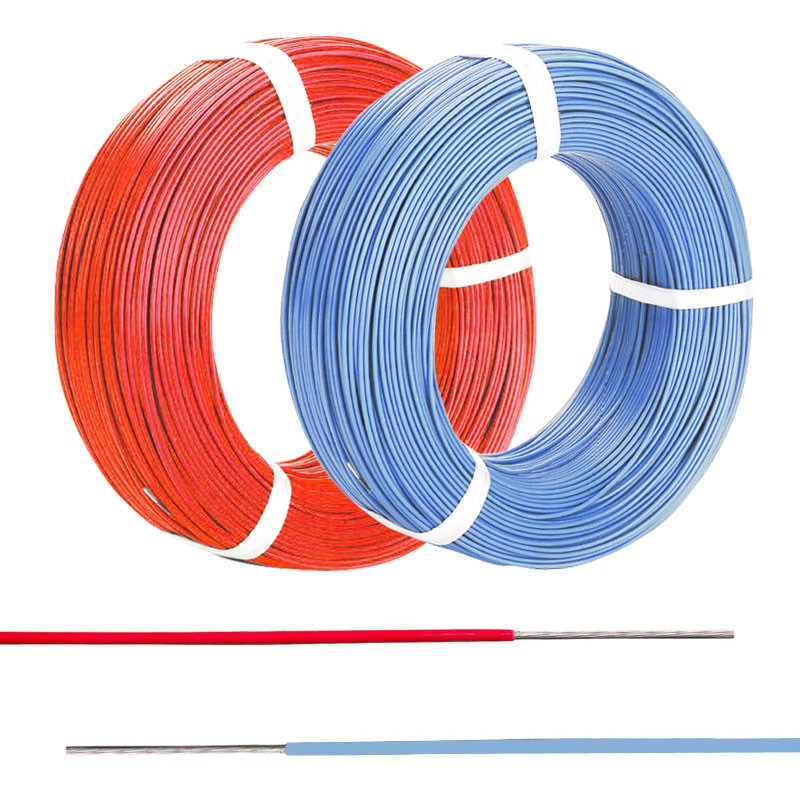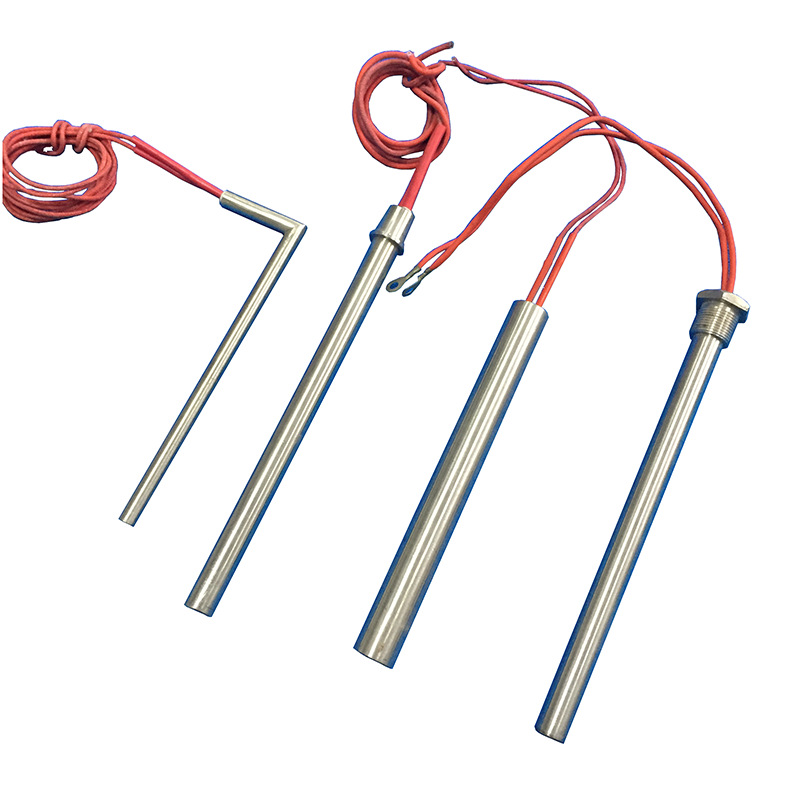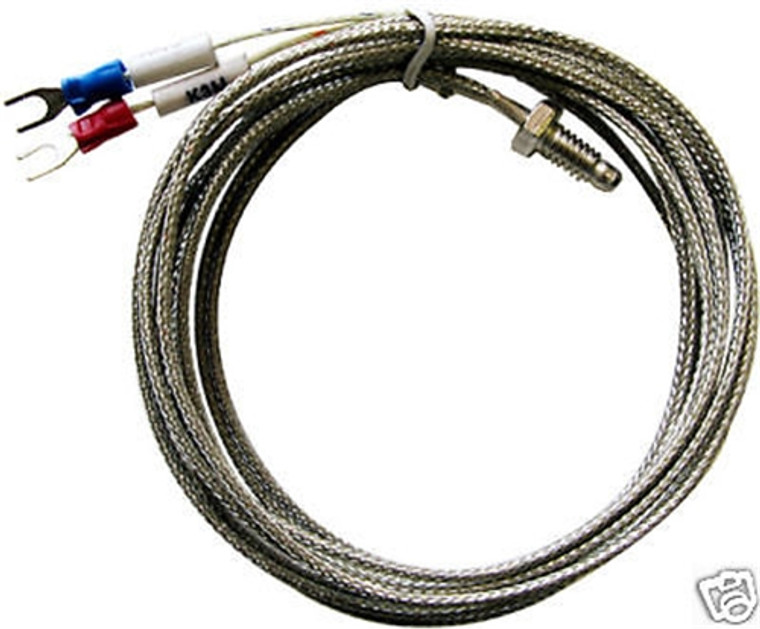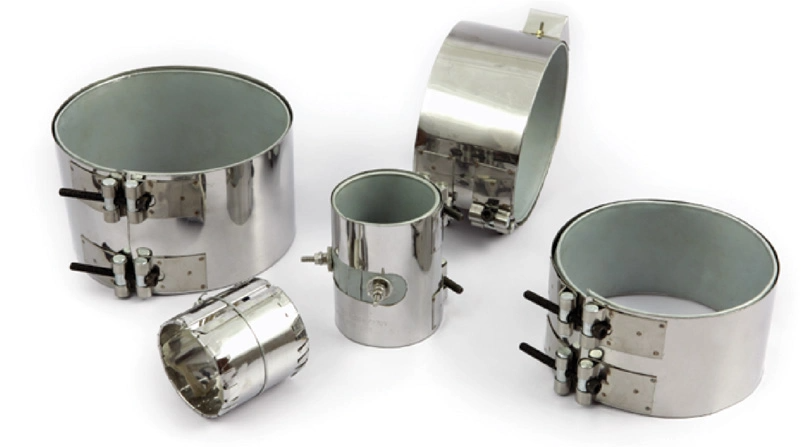When temperatures drop, frozen pipes can become a costly and inconvenient problem. Anti-freeze heating cables are a practical solution to prevent this. These cables ensure water flows freely in pipes, even in freezing conditions. They work efficiently to protect homes and businesses from damage caused by frozen or burst pipes. But how exactly do they work?
Let’s break it down step by step to understand their functionality.
What Are Freeze Protection Cables?
Freeze protection cables are electric cables designed to heat pipes, preventing freezing. They’re commonly used in areas with harsh winters. These cables are easy to install and work automatically, providing consistent protection for water pipes.
- Material: Made with durable materials resistant to weather and moisture.
- Power Source: They plug into standard electrical outlets.
- Temperature Control: Many cables come with built-in thermostats to activate when temperatures drop below a certain level.
How Do Anti-Freeze Heating Cables Work?
Freeze protection cables operate by generating heat along their length. The heat is transferred to the pipe, keeping the water inside from freezing. Here’s a detailed breakdown:
- Electric Current: When plugged in, electricity flows through the cable, generating heat.
- Thermal Regulation: A thermostat monitors the pipe’s temperature, turning the cable on and off as needed.
- Heat Transfer: The cable’s heat warms the pipe and surrounding area, maintaining a temperature above freezing.
- Efficiency: The system only uses energy when temperatures are low, making it cost-effective.
Key Features of Freeze Protection Cables
Anti-freeze heating cables come with unique features that make them highly effective. Here’s what to look for when choosing one:
- Self-Regulating Cables: Adjust heat output based on the surrounding temperature, ensuring optimal performance and safety.
- Length Options: Available in various lengths to suit different pipe sizes.
- Weatherproof Design: Designed to withstand rain, snow, and extreme cold.
- Easy Installation: Many cables come with pre-assembled kits for straightforward installation.
Installation Process of Freeze Protection Cables
Installing freeze protection cables is simple if you follow the right steps. Here’s a quick guide:
- Choose the Right Cable: Measure your pipe’s length and diameter. Pick a cable suitable for your pipe material (plastic or metal).
- Clean the Pipe: Remove dirt and debris to ensure good heat transfer.
- Secure the Cable: Attach the cable to the pipe using heat-resistant tape or zip ties. Wrap it evenly for uniform heating.
- Insulate the Pipe: Add pipe insulation to retain heat and improve efficiency.
- Test the System: Plug the cable into a power source and check if it activates when temperatures drop.
Advantages of Using Anti-Freeze Heating Cables
Investing in freeze protection cables offers multiple benefits:
- Prevent Frozen Pipes: Avoid expensive repairs caused by burst pipes.
- Energy-Efficient: Modern cables consume minimal energy, saving money on electricity bills.
- Automatic Functionality: Thermostats handle temperature adjustments automatically.
- Protect Water Flow: Ensure consistent water availability during freezing weather.
Comparing Self-Regulating and Constant Wattage Cables

Tips for Maximizing Cable Performance
- Use Quality Insulation: Proper insulation reduces energy consumption and keeps pipes warmer.
- Check Thermostats: Ensure the thermostat functions accurately for reliable operation.
- Inspect Regularly: Look for damage or wear on the cables. Replace damaged sections promptly.
- Avoid Overlapping: Never let the cable overlap itself to prevent overheating.
Common Myths About Freeze Protection Cables
- They Consume Too Much Energy: Modern cables are designed to be energy-efficient.
- They’re Hard to Install: With simple guides, installation is straightforward for most homeowners.
- Only for Metal Pipes: These cables work for both metal and plastic pipes.
Wrap Up
Anti-freeze heating cables are a reliable solution to protect your pipes during winter. They work by generating consistent heat, preventing water from freezing and pipes from bursting. With features like self-regulation, energy efficiency, and easy installation, they are an essential tool for anyone living in cold climates. Invest in one today to keep your water flowing and avoid the hassle of frozen pipes.














